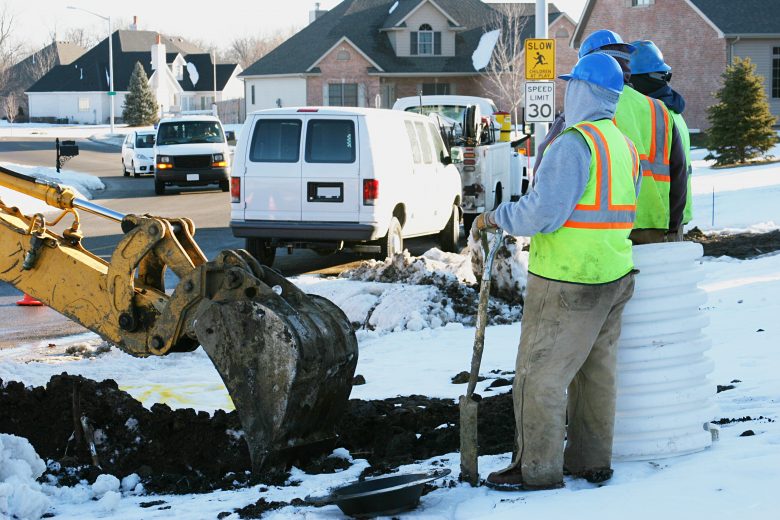When working outdoors, especially in extreme temperatures, personal protective equipment must defend employees against the weather in addition to the risks associated with the job. For most PPE this means added insulation, cold resistance and other enhanced features.
In winter, safety gloves must insulate, steel-toed boots must protect against frostbite, and safety glasses shouldn’t fog up. There’s a number of factors to consider when workers are exposed to the elements, which is why it’s important for companies to upgrade their PPE program in time for the cold weather.
Basic winter clothing
There is presently no OSHA requirement for employers to provide workers with ordinary clothing such as winter coats, jackets, gloves, rubber boots, hats, raincoats or sunglasses. With that said, if workers spend a lot of time outside, providing these items will not only protect them from the weather but also help you improve the company safety culture by showing workers that you care about their well-being.
Anti-exposure work suits
If the environment your employees are working in is extremely cold or wet, or if they are exposed to harsh conditions for long hours at a time, one form of cold weather PPE is an anti-exposure work suit that protects against hypothermia. These suits are also completely waterproof which is vital if workers are expected to perform their duties around or on water. Because the negative health effects of cold weather progress much more rapidly when people are wet or damp, it’s extremely important to help workers avoid getting soaked during the winter months. The suits can also provide comfort and a full range of motion even though they only consist of one piece.
Insulated work gloves
To protect against frostbite and to ensure work can be completed comfortably, a pair of warm and insulated work gloves is a necessity in cold conditions. There are a variety of options to choose from including mittens or ski gloves, so you shouldn’t have trouble finding a style that suits both the work and the workers’ protective needs. As with other types of gloves, insulated gloves should be replaced regularly to ensure employees aren’t relying on partially degraded equipment.
Heavy-duty work boots
Just like hands, feet can be very easily affected by frostbite in harsh winter weather. This is especially true for workers who may need to stand in snow or slush for a full workday. In conditions like these, work boots must be resilient, durable and of high quality. Felt-lined, rubber bottomed, leather-topped boots with removable insoles are the best choice for heavy work in the cold. Ideally, they should also be waterproof.
Additionally, there is a wide selection of insulating and warming insoles available on the market. There’s even a fairly varied selection of heated/heating insoles for winter workers—these are not required PPE but they can certainly make a difference and positively affect the workers’ performance and mood.
Winter liners for hard hats
Cold weather liners should be provided to keep workers’ heads, necks and ears warm when wearing their hard hats. In more severe cases, a full head cover made of flannel or knit should be considered. On top of the usual reasons why employees fail to wear head protection, a lack of winter-appropriate hard hats could leave workers opting for a warm hat and leaving their head vulnerable to injury.
When work takes place outdoors, it can’t stop simply because the seasons change. Rather, it is the duty of those in the industry to facilitate a smooth adjustment to temperatures and include winter PPE in their safety program, putting worker needs at the forefront and not leaving them out in the cold.

